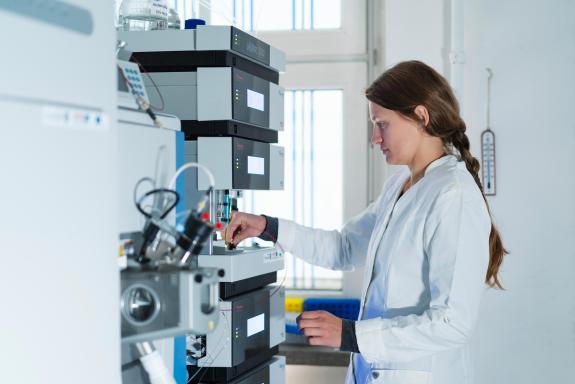Bacteria and fungi are able to produce various substances to communicate with other organisms, defend themselves or colonize ecological niches. Some of these molecules can also be of great benefit to humans, for example as antibiotics or chemotherapeutics. The diversity of microorganisms on earth is immense and many species are still completely unexplored.
Their genetic material can be read like a blueprint or a map to find out whether and how such molecules are produced. This allows us to better understand the function of these substances, in particular their role for the organism and the environment, but also their potential benefits. We therefore show how we use microbiological and molecular biological methods to go on a treasure hunt to explore the world of microbial natural products.

